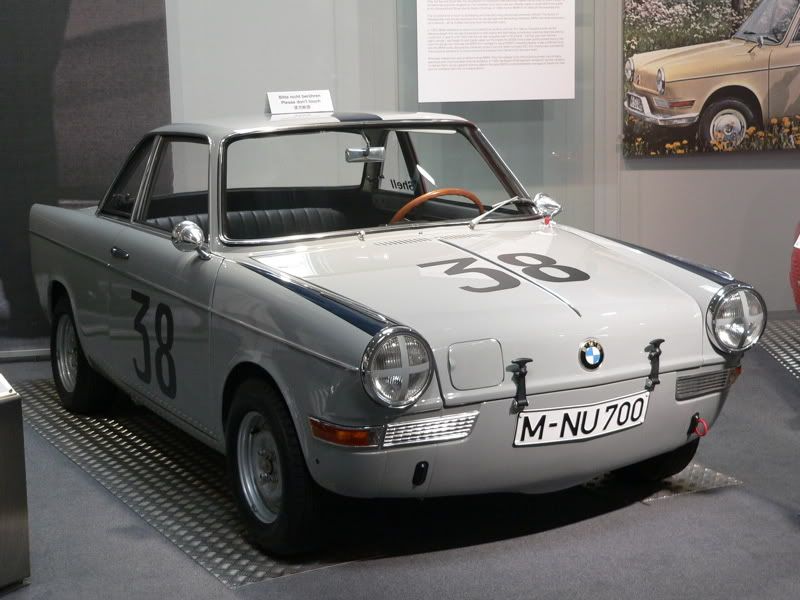The BMW 700 was produced from 1959 through 1965 with 180,000 examples being produced. It was based on the BMW 600, which had been based on the Isetta. The 2-cylinder, air-cooled engine was courtesy of the BMW R67 motorcycle and stored in the rear of the vehicle. The vehicle could be purchased in either coupe or cabriolet configuration.

Throughout its production lifespan, the engine would receive modifications which boosted the overall horsepower. These modifications included shorter air-intake manifolds and Solex carburetors.
Giovanni Michelotti was responsible for the design of the 700. Michelotti is well known throughout the automotive design industry, especially for his work with the Triumph Herald.
A competition version, dubbed the 700 RS, was created for racing. The engine was tuned to 70 PS (about 73 horsepower) and the body was modified to reduce weight and improve aerodynamics. Hans Stuck and Jacky Ickx are two of the more popular racers who successfully campaigned the 700 RS at many sporting events. The highlight of the 700 RS career was in 1960, driven by Stuck, were it was success in capturing the German Hill Climb Championship. In total, around 22 International victories were achieved in rallies, hill climbs, and touring car races. Only 19 examples of the 700 RS were created.

In 1962 a longer wheel base model was introduced and the name was changed to the BMW LS. In 1963 the name was changed again to the 700 CS.
The 700 continued BMW's pre-WWII tradition of producing small, fuel efficient, people movers. For the price, the 700 was a well designed and economical car and in competition form, was fairly potent. Due to the configuration of the engine and lightweight design, the 700 were nimble and offered superb handling. Although not powerful, they could easily keep pace with much more powerful vehicles on the road. The biggest accomplishment of the 700 was to help the BMW Company in its quest for financial stability.